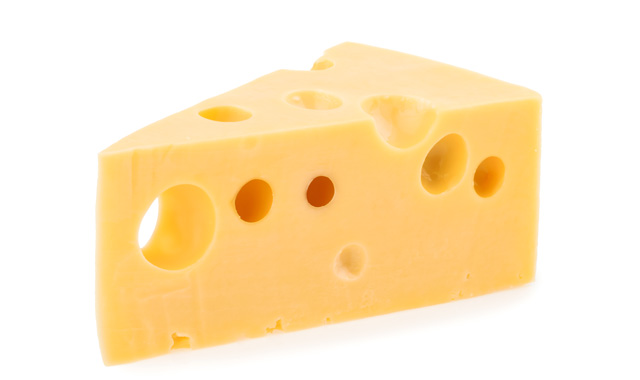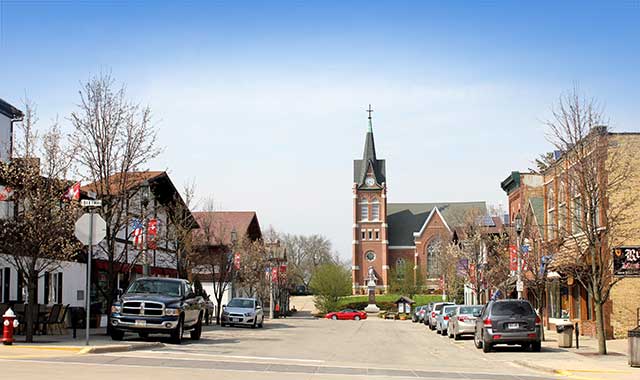The Midwest is called “the breadbasket of the world,” and nothing goes better with bread than a little cheese. With its cheese trails, cheese festivals, cheese museums and “cheeseheads,” Wisconsin is “cheese proud” for good reason: it produces 2.5 billion pounds of cheese each year in 600 varieties – twice as many as runner-up California. When preparing your holiday cheese platters this year, remember to support our farmers and neighbors by buying local.
1. What’s the difference between blue and Gorgonzola cheese?
2. Which of these is not a semi-soft cheese?
A) Fontina B) Romano C) Monterey Jack D) Havarti
3. What is “cold pack” cheese?
4. What variety of cheese is the most popular in the U.S.?
5. Which of the following are examples of “pasta filata” cheeses?
A) Mozzarella, provolone and string
B) Feta, marscapone and ricotta
C) Brie and Camembert
6. What cheeses are known for their snowy white, edible rinds?
7. How old must a cheese get before it is called “aged”?
8. Name at least one Alpine-style cheese produced in Wisconsin.
9. True or False: Cheese is a high-protein food.
10. Prior to 1850, most cheese produced in the U.S. was what kind?
A) Swiss B) Cheddar C) American D) Cottage
11. In what Wisconsin community is the National Historic Cheese-Making Center located?
A) Green Bay B) Monroe C) Egg Harbor D) Madison
12. How many pounds of cow’s milk are needed to produce one pound of cheese?
A) 1 pound B) 2 pound C) 5 pounds D) 10 pounds
Quiz Answers
1. Italian Gorgonzola is among trademarked varieties of blue cheese, as are English Stilton and French Roquefort. All are sharp, salty and intense, but Wisconsin Gorgonzola tends to be aged longer than some blue cheese (90 days is typical) and is therefore a bit subtler in flavor and creamier in texture. Gorgonzola is the Italian town where the cheese originated. A harmless mold causes the bluish veins.
2. B. Romano is a hard cheese. Semi-soft cheeses, like Wisconsin Monterey Jack, brick, muenster, Fontina and Havarti, are made with whole milk and melt when cooked. Hard cheeses are well-aged, easy to grate and mostly used in cooking.
3. “Cold pack” is the invention of a Wisconsin tavern owner and refers to spreadable cheese for snacking. Taverns were called “clubs” and owners packed the cheese in crocks, so the cheese became known as club or crock cheese, or cold pack. It’s a natural, spreadable product blended without the aid of heat.
4. More mozzarella cheese is sold in the U.S., and around the world, than any other cheese.
5. A. Pasta filata cheeses have curds that are heated and stretched or kneaded before being molded into shape, such as mozzarella, provolone and string.
6. Brie and Camembert cheeses, both made in Wisconsin in classic French styles, are soft and creamy with edible white rinds made from a harmless mold. The rind tastes very earthy and musty.
7. “Aged” generally refers to cheeses that have been cured, or ripened, for six months or longer. They tend to have a fuller, sharper flavor.
8. If you said Swiss, gruyere, gouda or edam, you would be correct.
9. True. Lower-fat cheeses like ricotta, low-fat cottage cheese, parmesan, romano, non-fat Chedddar, gruyere, low-fat Swiss and fontina generally provide the most protein per ounce. One ounce of non-fat Cheddar has 9 grams of protein.
10. B. Cheddar. Wisconsin began making Cheddar in the mid-1800s and is the U.S. leader of Cheddar production today. Cheddar originated in the English village of Cheddar.
11. B. Monroe, Wis.
12. D. 10 lbs.























































